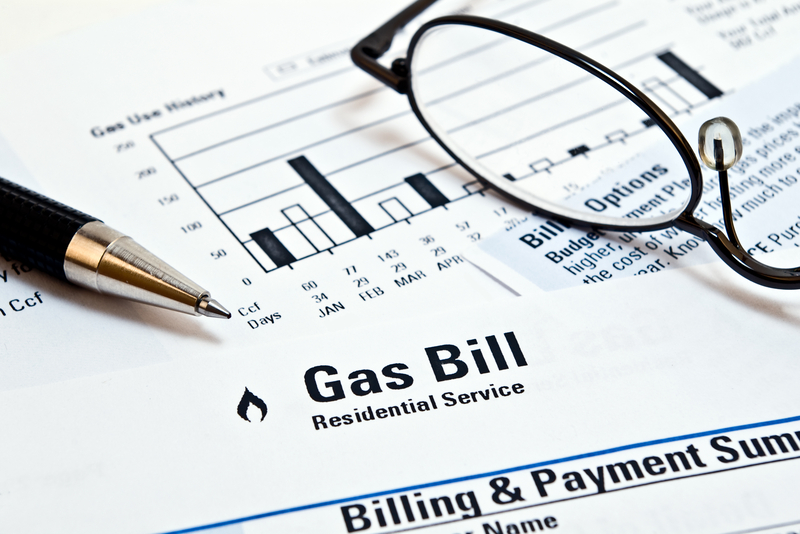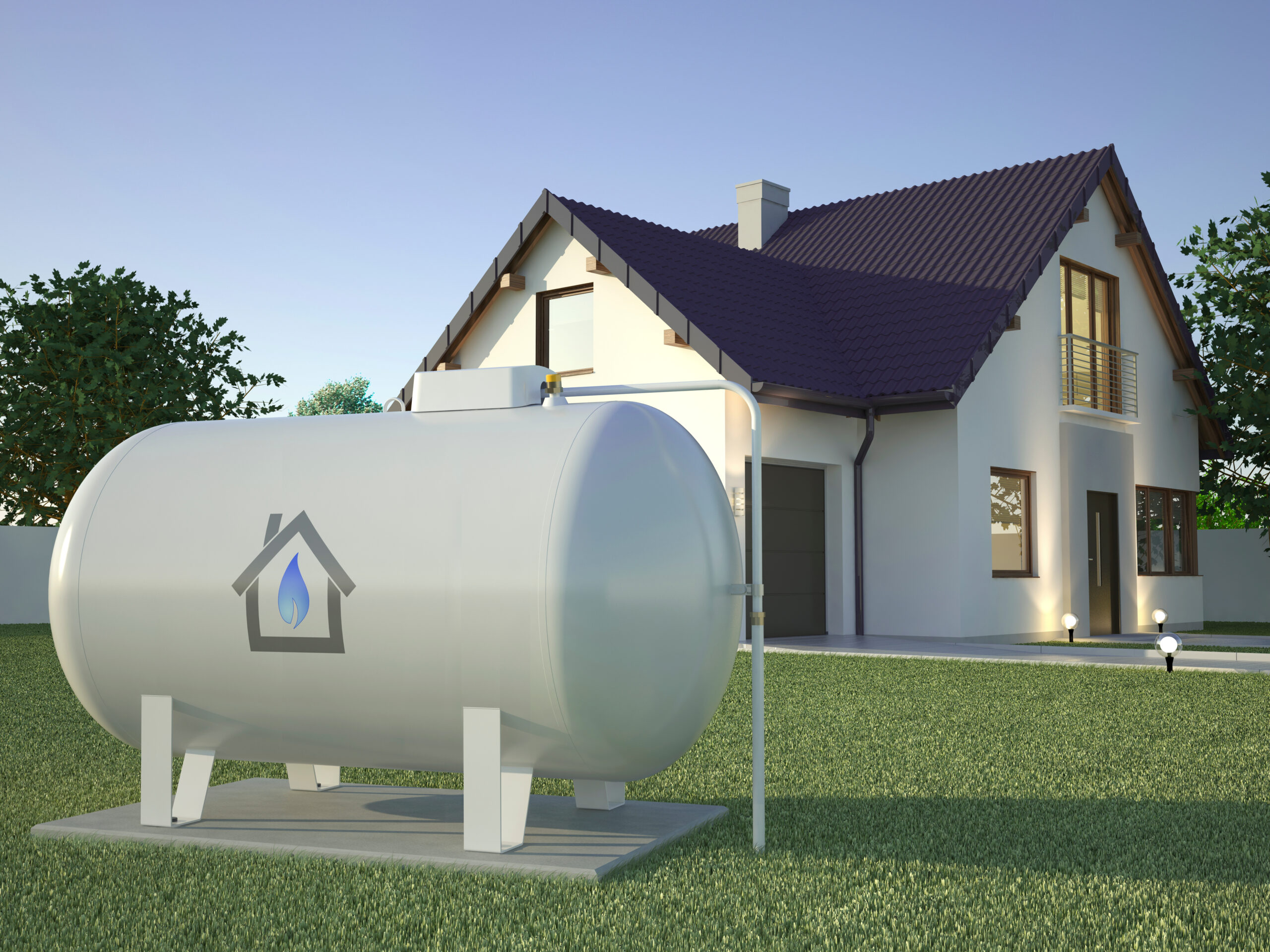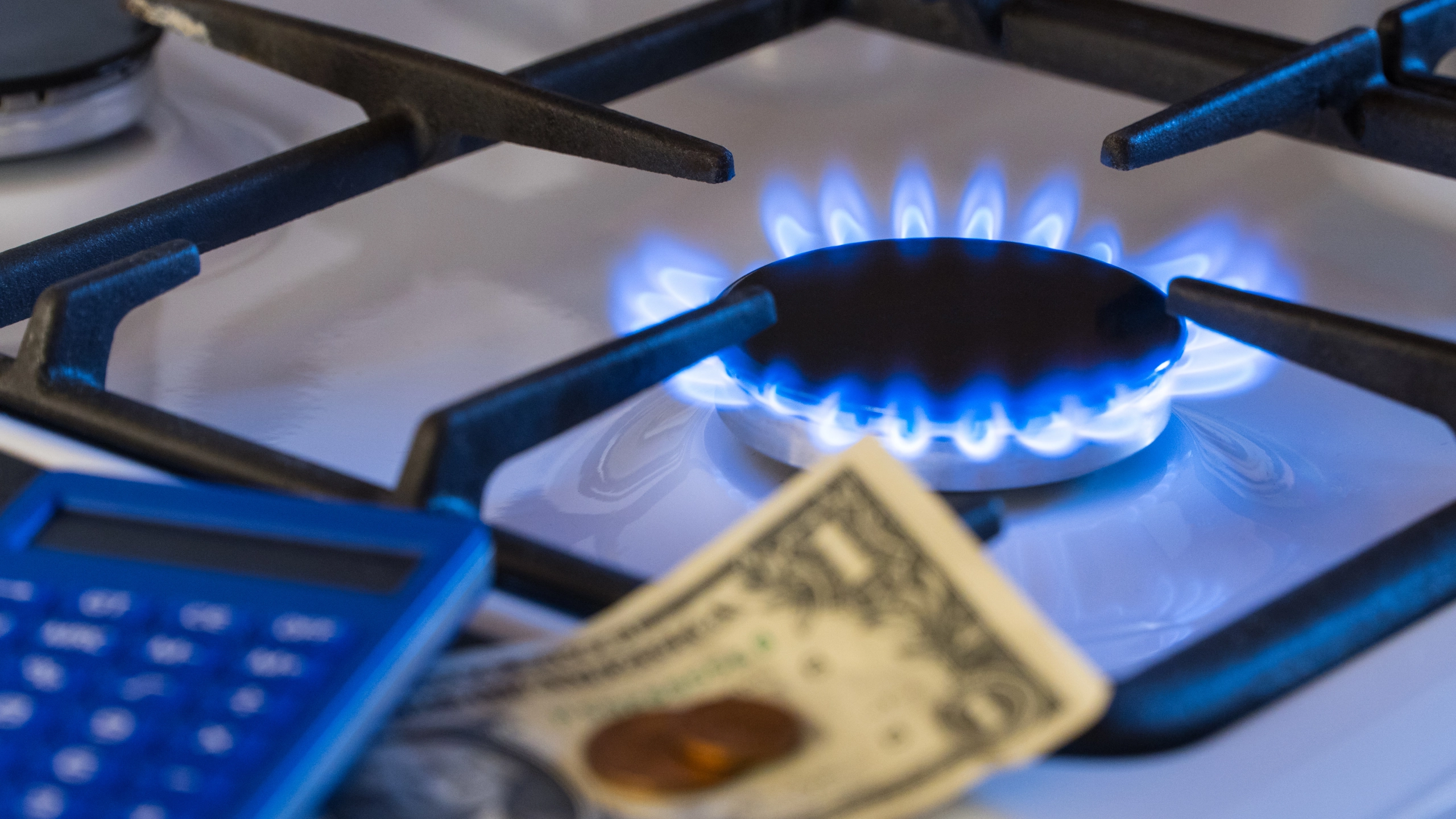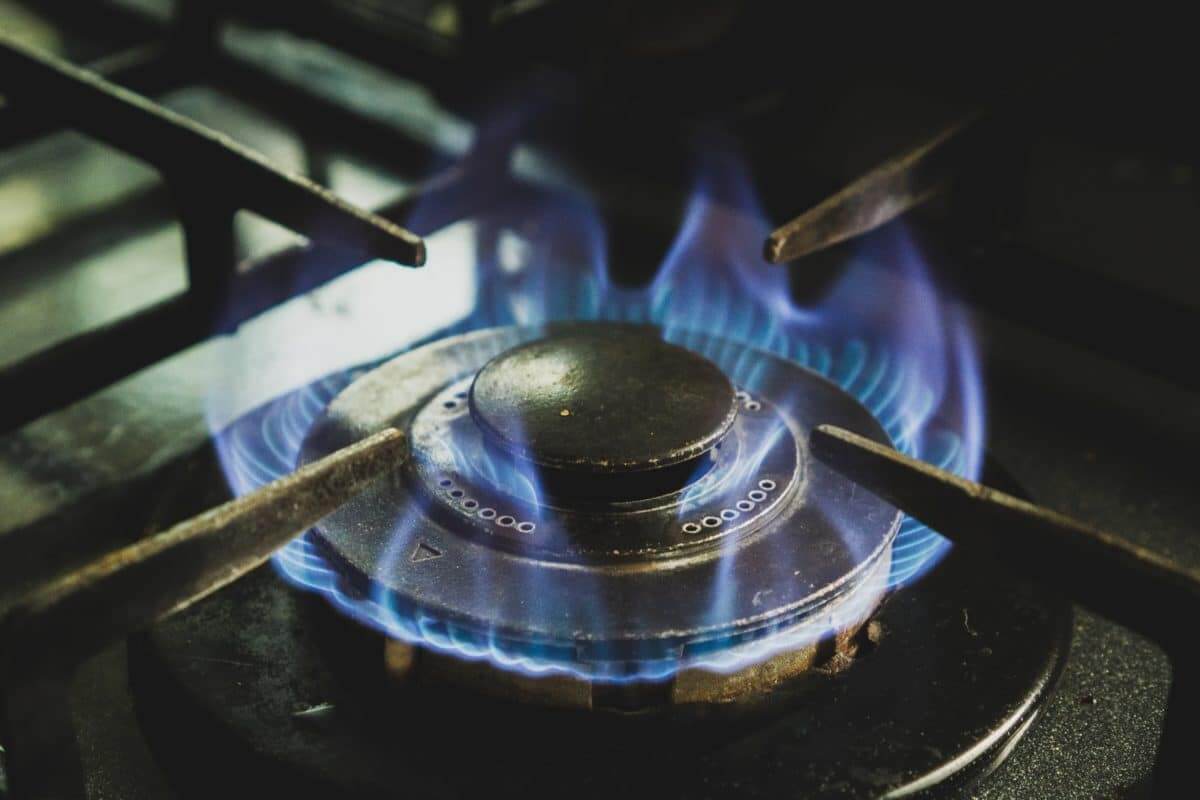This is your complete guide to answering the question “Why is my gas delivery charge so high?” Homeowners often find themselves puzzled by their gas bills, especially when they notice a high gas delivery charge. If you live farther from the source of gas or live in an area with older infrastructure, you could be paying more! This blog post aims to demystify the concept of gas delivery charges, explain why they might be high, and offer practical solutions to reduce them. Let’s dive in!
Here at The Energy Professor, we want to give you the information you need to not only save money on your energy bill but to also become more energy efficient. We hope find this post helpful! It makes it easier for you to know more about appliance energy usage. Be sure to also check out our one-of-a-kind energy savings calculator!
The Energy Professor Electricity Rate Check Tool
Why is My Gas Delivery Charge so High?

Several factors can contribute to high gas delivery charges. Such as fluctuations in delivery rates, regional differences, and the specific policies of the gas delivery charge national grid. If you’re a person that is farther from the source of gas, or even live in an area with older infrastructure, you could be paying more! Gas delivery charges are much more involved even though most consumers overlook the charge on their gas bill.
Understanding these factors can help you make sense of your bill and take control of your energy costs.
Factors that Affect Delivery Charge Rates:
- Distance from Source: The further the gas has to travel from its source to your home, the higher the delivery charge may be.
- Infrastructure and Maintenance: The quality and maintenance of pipelines and other infrastructure can affect costs. Older or poorly maintained systems may result in higher charges.
- Regional Regulations: Different regions may have varying regulations and taxes related to energy delivery, which can impact the delivery charge.
- Seasonal Demand: During peak usage seasons, such as winter for heating, delivery charges may increase due to higher demand.
- Gas Delivery Charge National Grid: The national grid system’s policies and structure can influence delivery charges, taking into account factors like distance, infrastructure, and regional regulations.
- Third-Party Fees: If there are intermediaries involved in the delivery process, their fees can add to the overall delivery charge.
- Fuel Costs: Fluctuations in the cost of natural gas itself can affect the delivery charge, as higher fuel costs may be passed on to consumers.
- Energy Deregulation: In deregulated markets, competition among providers can lead to variations in delivery charges. Shopping around may help you find a better rate.
- Emergency or Unexpected Costs: Unforeseen events like natural disasters or accidents that affect the delivery infrastructure may lead to temporary increases in delivery charges.
- Energy Efficiency of the Home: The design and energy efficiency of your home can also play a role. More efficient homes may require less energy, potentially reducing delivery charges.
- Contract Terms: If you have a specific contract with a utility provider, the terms of that contract may include specific delivery charges or fees that can affect the overall cost.
- Environmental Compliance: Costs related to compliance with environmental regulations and standards may also be factored into the delivery charge.
Related Post: Average Monthly Gas Bill in the US
What is a Gas Delivery Charge?

A gas delivery charge is a fee on a natural gas bill. It covers the costs of transporting natural gas from its source to the consumer’s home or business. This isn’t the cost of the gas itself. It’s a separate charge. Specifically, it’s related to the infrastructure, maintenance, and operations. These elements are essential to deliver the gas safely and efficiently.
What Does the Gas Delivery Charge Include?
- Transmission Costs: This includes the expenses related to moving natural gas through long-distance pipelines from the production site to local distribution centers.
- Distribution Costs: This covers the costs of the local network of pipelines and other infrastructure that delivers gas from distribution centers to individual homes and businesses.
- Maintenance and Upkeep: The charge also includes the costs of maintaining and repairing the pipelines, meters, and other equipment to ensure safe and reliable delivery.
- Regulatory Compliance: Adhering to safety and environmental regulations can incur costs, which may be passed on to consumers through the delivery charge.
- Administrative Costs: This may include customer service, billing, and other administrative functions related to managing the delivery of natural gas.
- Regional Factors: Depending on the location, there may be specific taxes, fees, or other regional considerations that affect the delivery charge.
- Seasonal Fluctuations: In some cases, delivery charges may vary based on seasonal demand or other market factors.
Delivery rates refer to the fees associated with transporting natural gas from the source to your home. These rates can vary based on location, infrastructure, and the policies of the utility company. Understanding delivery rates is essential to grasp why gas delivery charges may be high.
Gas Delivery Charge National Grid
The gas delivery charge national grid is a system that determines the cost of delivering gas to different regions. It takes into account factors like distance, infrastructure, and regional regulations. This charge is a significant component of your gas bill delivery charge, and variations in the national grid can lead to fluctuations in the cost.
Related Post: Is Gas Included in the Electric Bill?
How to Reduce Your Gas Delivery Charge

The rising costs of energy have all home consumers looking for tricks to reduce their electricity costs. Luckily, we’ve learned some of the best ways to control our energy budget in this inflated economy. Reducing your gas delivery charge is possible with some careful planning and understanding of your energy usage. Here are some strategies:
- Understand Your Bill: Familiarize yourself with terms like “delivery charge on electric bill,” “natural gas delivery charges,” and “supply delivery service.” Knowing what these mean can help you identify areas for savings.
- Compare Providers: If you live in a deregulated energy market, compare gas delivery charges from different providers. This competition can lead to lower rates.
- Energy Efficiency: Investing in energy-efficient appliances and insulation can reduce your overall energy consumption, thereby lowering the delivery charge on your gas bill.
- Inquire About Fees: If you still find yourself asking, “What is a gas delivery charge?” or “What is a delivery charge on the gas bill?” don’t hesitate to contact your utility provider. They can explain any specific charges and offer insights into why the gas delivery charge is so high, especially in the national grid.
Related Post: Propane Vs. Natural Gas: Which is Better For Your Home?
Gas Delivery Charge FAQ

Q: Why am I being charged so much for gas?
A: You may be experiencing higher gas charges for several reasons. Increased consumption, whether from heating, cooking, or other uses, can lead to a larger bill. Global or regional factors such as supply and demand, geopolitical events, and weather conditions can cause rising market prices. The delivery charge, which includes costs related to transportation, infrastructure, and maintenance, can also contribute to the overall cost. Taxes, regulatory fees, seasonal fluctuations, and changes to your contract or tariff with the gas provider might affect the charges as well. Additionally, less energy-efficient appliances and poor insulation can lead to higher consumption. If you suspect metering or billing errors, it would be wise to contact your gas provider to review your specific situation and charges.
Do you Need Cheaper Electricity?
If you’ve taken the time to understand the information on your bill and discovered you’re paying more than you’d like for your electricity, have you looked around for a cheaper deal? The Energy Professor has a wealth of information on ways to save on your utilities, including details of top deals that could significantly reduce your monthly or quarterly electricity bills.
We hope you found this article helpful! If you are looking for ways to increase energy efficiency and sustainability in your home be sure to take a look at all of the latest renewable energy options in your area. The Energy Professor helps residential and small business owners find qualified energy suppliers in New York, New Jersey, Pennsylvania, Texas, Ohio, Maryland, Illinois, and Massachusetts


